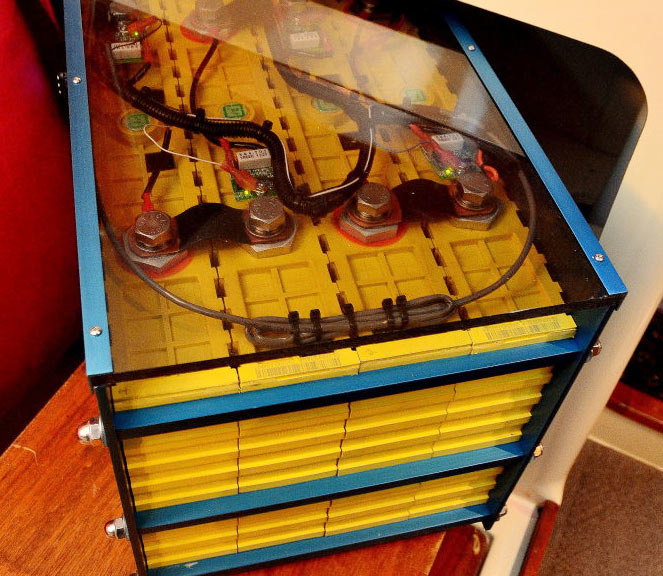ghostwriter66
"Here - Hold my Beer"
This is nonsense. You certainly can and should just set your supply at 3.6V and walk away. There is no reason to split up in steps, unless your power supply is not current limited and would shutdown. If you have a good CC/CV supply you can certainly do the balance in one step.
I think that the difference between just putting 3.65 on it and walking away or doing it in steps may not be significant at all in the long run ... all i know is that the Design Engineer for what is probably the largest LFP battery in the world said that "THEIR" preferred way of TOP balancing is doing it in steps ... i am sure that their is a scientific reason - but it may just be the difference between PEPSI and COKE ... BUT he did say to get the PERFECT balanced cell the step method was the fastest and best ... once again -- not sure if there really is any difference





